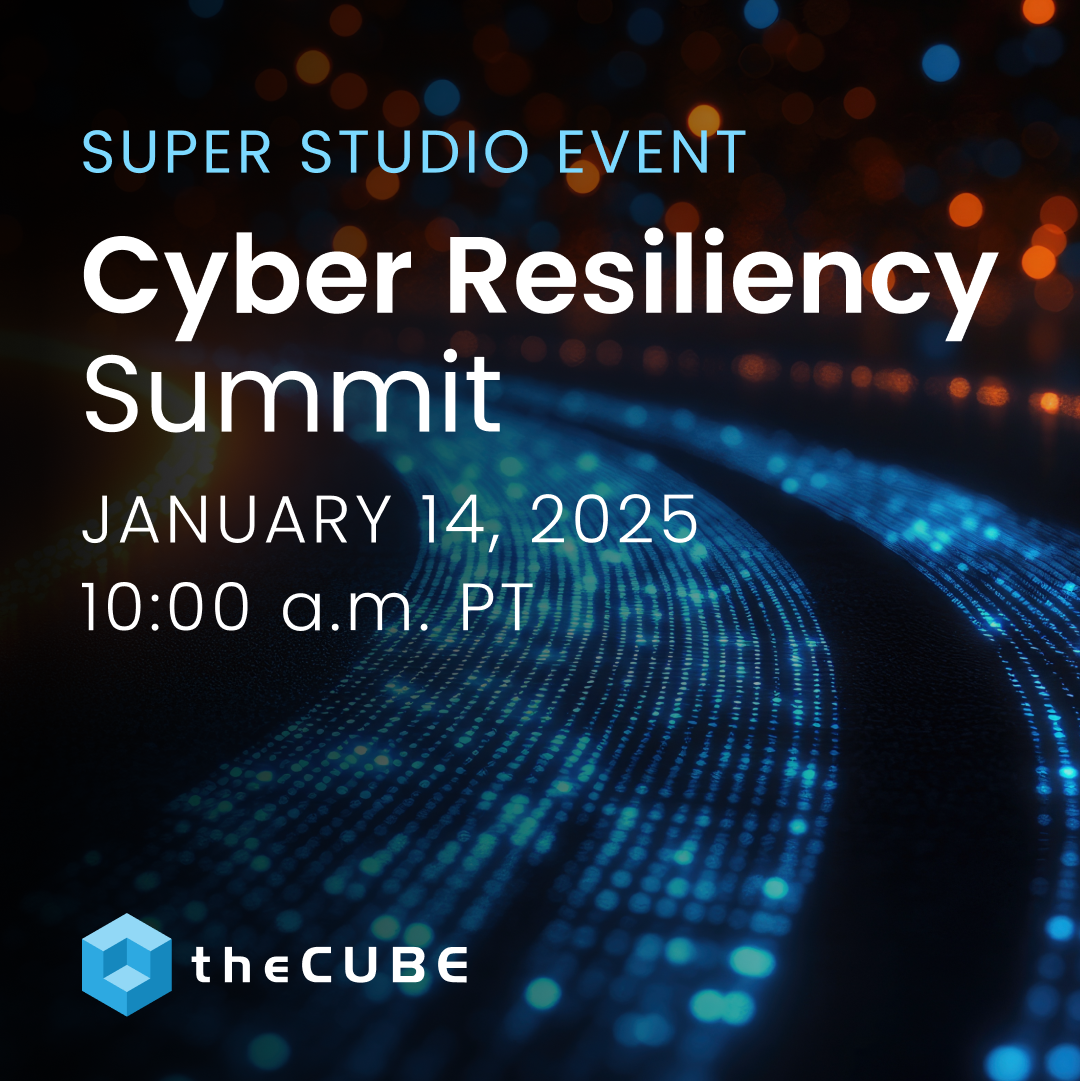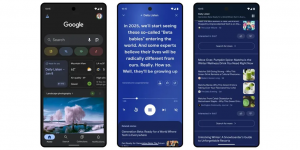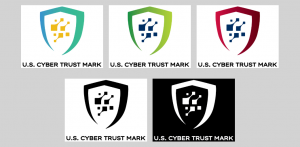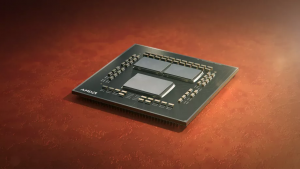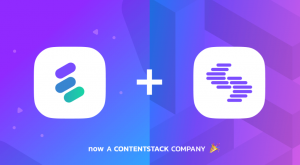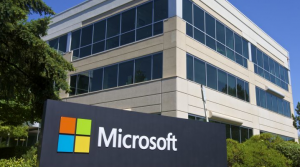Kobo Vox Joins Crowded e-Reader Market as Kindle Fire Leads Developer Interest
![]() The tablet market is hot, and Kobo is hoping to get in on the party. Kobo recently launched the Kobo Touch Edition, which is a fresh take on eReaders as it featured realistic page turns, it’s touchscreen capable and Wi-Fi ready, comes in stylish colorful designs and has Reading Life, which reward readers just for reading.
The tablet market is hot, and Kobo is hoping to get in on the party. Kobo recently launched the Kobo Touch Edition, which is a fresh take on eReaders as it featured realistic page turns, it’s touchscreen capable and Wi-Fi ready, comes in stylish colorful designs and has Reading Life, which reward readers just for reading.
One way Kobo is hoping to stand out from the crowd is with Kobo Touch Offers, which will automatically display “sponsored screens and valuable offers” when the device isn’t in use, such as when it’s offer, in sleep mode or “in other discreet places that are always outside of the reading experience, like on the bottom of your home screen.”
The eReader will now be sold for $99, about $30 cheaper than the price it was sold before but it comes with a slight catch–it will be laced with ads. The ads can’t be turned off, unlike the Kindle with Special Offers, which is also sold at $99. You can, however, get rid of the ads by paying $40. But the best eReader in terms of price might be Barnes & Noble’s Nook Simple Touch, which doesn’t have ads and is also priced at $99.
Kobo Touch with Offers will be available in two to three weeks according to their site.
But since eReaders are transforming into tablets, Kobo isn’t going to be left in the dark as they launched the Kobo Vox, an eReader that kind of looks like and feels like a tablet but is still an eReader. The Kobo Vox features 8GB of internal memory, which can be expanded via a microSD slot. It’s Wi-Fi ready, multitouch capable, runs on Android 2.3, offers access to 15,000 free Android apps, and comes with an 800Mhz processor. It comes in vibrant colors: Hot Pink, Lime Green, Ice Blue, and Jet Black trim colors. The Kobo Vox sells for $199.
But Kobo Vox isn’t quite comparable to Amazon’s Kindle Fire and Barnes & Noble’s Nook Tablet. The Kindle Fire, priced at $199, features a 7″ multi-touch display with IPS (in-plane switching) technology and anti-reflective treatment, 1024 x 600 pixel resolution at 169 ppi, 16 million colors and free cloud storage. It’s also Wi-Fi ready, multitouch capable, and comes with Amazon Silk cloud-accelerated browser. The Vox offers 8 hours of continuous reading or 7.5 hours video playback, and has 8GB on-device for 80 apps plus space for either 10 movies, 800 songs or 6,000 books.
The Nook Tablet which sells for $199 features a TI dual-core OMAP4 processor at 1GHz, 16 GB of storage which can be expanded to 32GB with a microSD, the same 7-inch VividView IPS LCD display found on the original NOOK Color, and access to streaming media services such as Hulu Plus, MOG, and Grooveshark over a Wi-Fi data connection.
All three devices are priced at $199 but of course, at such a low price for a tablet, you can’t expect it work like an iPad. Bur for a colored eReader that has tablet capabilities, the price is just right. So before buying any device, ask yourself first whether what you really want is a tablet or an eReader with cool features, so you won’t end up buying something you’d just regret in the end.
Though some people aren’t happy about Kindle Fire’s performance, according to Appcelerator, the Kindle Fire has gained significant interest from the developer community, edging out the Samsung Galaxy Tab for Android-powered tablets with a 53% share of the market. The iPad is still the leading tablet of interest for developers.
Scott Ellison, VP Mobile & Connected Consumer Platforms at IDC stated that, “Amazon has shown exceptional early success in appealing to developers with the Kindle Fire, showing that price and differentiation are keys to competing in the crowded Android tablet space, rather than simply chasing the iPad market.”
A message from John Furrier, co-founder of SiliconANGLE:
Your vote of support is important to us and it helps us keep the content FREE.
One click below supports our mission to provide free, deep, and relevant content.
Join our community on YouTube
Join the community that includes more than 15,000 #CubeAlumni experts, including Amazon.com CEO Andy Jassy, Dell Technologies founder and CEO Michael Dell, Intel CEO Pat Gelsinger, and many more luminaries and experts.
THANK YOU







